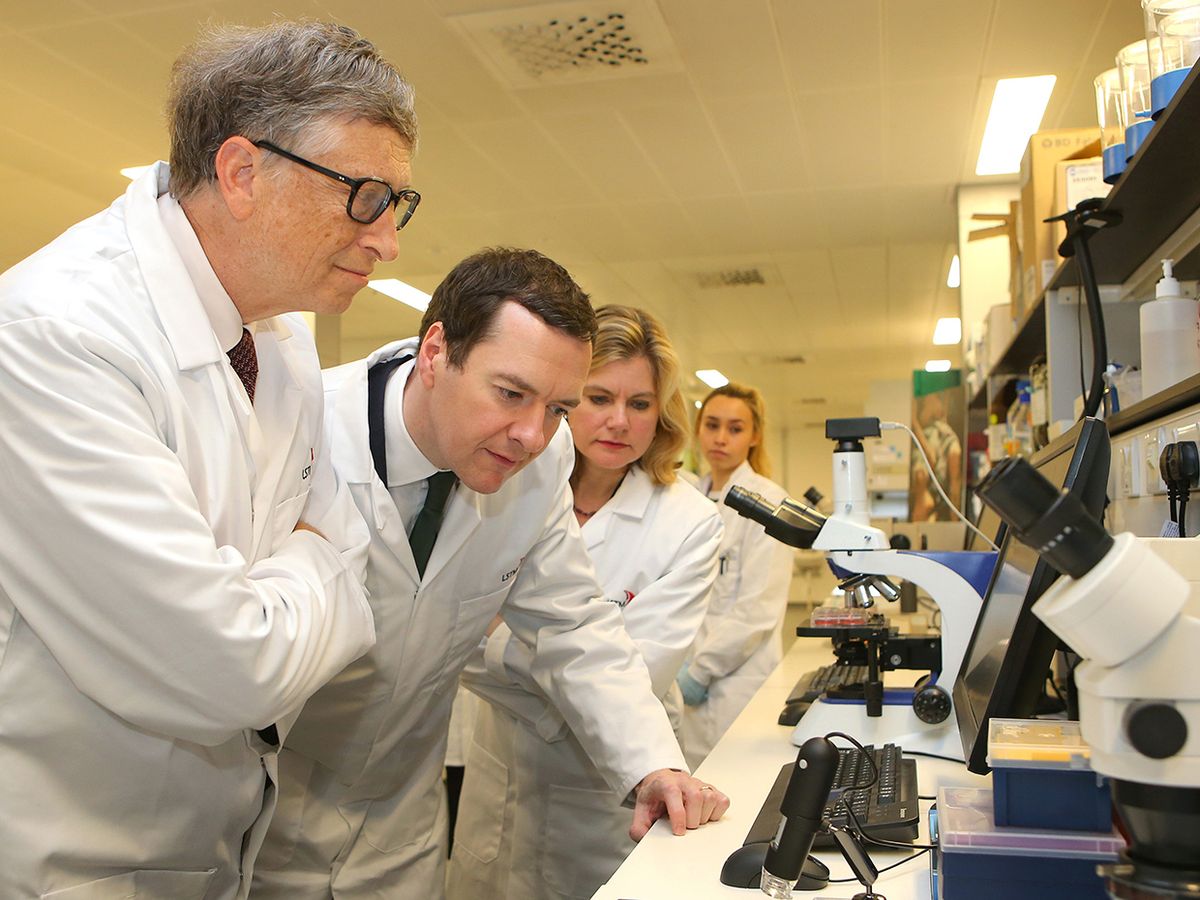
Who will invent tomorrow’s life-saving and life-extending medicines? Not medical schools. Not research physicians. Not biologists.
Computer people.
Really? The geeks will save us? Maybe. Spanning diseases as diverse as cancer and malaria, in the gnarly fields of memory extension and cognitive decline, electrical engineers and computer scientists are revitalizing and reshaping the face of biomedical innovation.
Part of the reason is desperation. Biomedical innovators are experiencing a crisis in performance. For decades, vast increases in spending on traditional forms of medical research have resulted in fewer effective drugs or therapies.
The stagnation of biomedical innovation is an invitation to wealthy digital innovators to insist they can do better. In his second book, Zero to One: Notes on Startups, or How to Build the Future, Peter Thiel, a well-known venture capitalist, argues that health researchers are overly cautious, too prone to asking permission from health bureaucrats, and infatuated with publishing studies instead of contributing to beneficial health outcomes.
These frustrations prompted Thiel, in 2016, to fund unregulated human trials for a herpes vaccine in the Caribbean nation of St. Kitts and Nevis.
Because digital innovators rarely face federal regulations, they suspect that government tends to cripple biomedical creativity. As evidence, they point to weak results by the National Institutes of Health, which spends a staggering US $30 billion a year on research.
“Forged in the early 1960s, the paradigm for pharmaceutical innovation has remained virtually unchanged for nearly 50 years,” Kenneth Kaitin, director of the Tufts Center for the Study of Drug Development, has written. “During a period when most other research-based industries have made frequent and often sweeping modifications to their R&D processes, the pharmaceutical sector continues to utilize a drug development process that is slow, inefficient, risky, and expensive.”
Computer people think they can fix a broken process. One reason: The success of Bill Gates, the philanthropist and Microsoft founder, in revolutionizing malaria research. About 15 years ago, Gates discovered a scandalous situation: Despite the fact that the disease had caused the deaths of millions in Africa, global spending on cures was less than $100 million. And the leading funder was the U.S. military.
Gates has turbocharged malaria research, providing better treatments, greater knowledge, and a partially effective vaccine.
With Gates as inspiration, other wealthy computer people, such as Larry Page, cofounder of Google, have invested in alternative approaches, often bypassing traditional structures. Google, for instance, has invested in a company pursuing holistic approaches to forestalling death.
One result of all this is that the medical establishment is embracing openness. That’s partly because of the growing role of computation in every aspect of biology, to the extent that biology today seems driven by digital technology. And the belief has taken hold among scientists that computers provide the best models for human thought and many bodily functions (see the boom in artificial knees).
An emerging field of “digital biology”—centered on editing genes in ways that seem similar to writing software—has great promise, and it has reinforced the impression that electrical engineers and computer scientists can find rewarding careers in biomedicine.
To be sure, there are risks to any health revolution led by geeks. The rapid advances in the digital realm are relatively risk-free (no one usually dies from a sloppy program). Then there’s the potential for new forms of inequality. One reason progress in biomedicine can be slow is the need to include everyone (rich and poor) in the benefits of an innovation. If the wealthy take medical research into private enclaves, biomedical advances could become the preserve of elites.
About the Author
G. Pascal Zachary is a professor of practice at Arizona State University’s School for the Future of Innovation in Society. The views expressed here are the author’s own and do not represent positions of IEEE Spectrum or IEEE.
